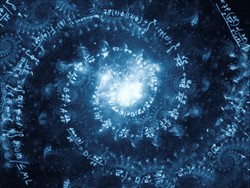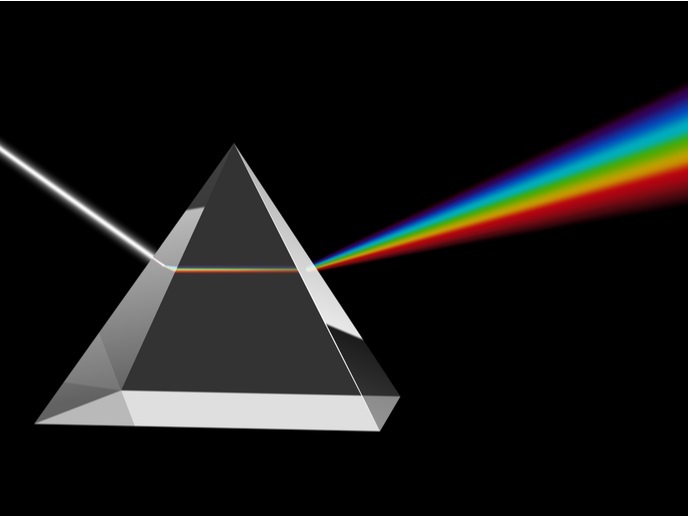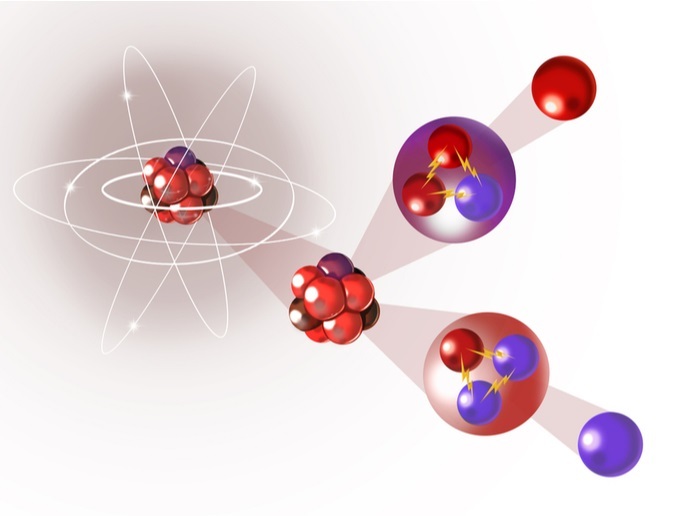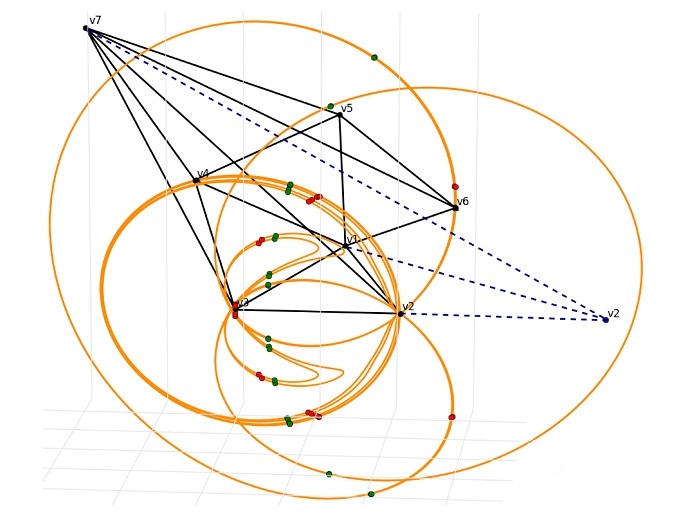Algebras extend a traditionally finite-dimensional universe
Kac-Moody algebras were independently introduced in the 1960s by Victor Kac and Robert Moody to generalise the finite-dimensional Lie algebras. In recent years, the theory has undergone such tremendous developments in various directions that it has become a standard tool in mathematics. The EU-funded project KMLIEGROUPS (Infinite-dimensional Lie theory and Kac-Moody groups) was centred on Kac-Moody groups. Since the structure theory of Kac-Moody algebras was developed in complete analogy with the classical theory, these groups are infinite-dimensional analogues of Lie groups. The KMLIEGROUPS team looked at Kac-Moody groups from an analytic perspective. They carried out a detailed analysis of positive energy representations of Lie algebras and groups that generalise Kac-Moody algebras and groups to infinite rank. Mathematicians isolated irreducible positive energy representations of the semi-direct product of any continuous action of additive groups of real numbers on Lie groups. These were considered as a subset of the equivalence classes of irreducible unitary representations of every Lie group. The team carried out representations of Hilbert-Lie groups with the highest weight and affinisations of such groups. Such Lie algebras are natural generalisations of affine Kac-Moody groups to infinite rank. Next, the KMLIEGROUPS study focused on maximal Kac-Moody groups over finite fields. The action of a rank two maximal Kac-Moody group on the boundary of its building was investigated. Mathematicians showed that it always acts transitively on the boundary while subgroups are primitive at. Importantly, they contributed to a better understanding of locally normal subgroups. KMLIEGROUPS shed new light on the correspondence between a Kac-Moody group and its algebra with theorems on morphisms between algebras that can be transferred to corresponding groups. In the past, unlike the correspondence between a Lie group and its algebra, the understanding of the infinite dimensional theory was poorly understood.







